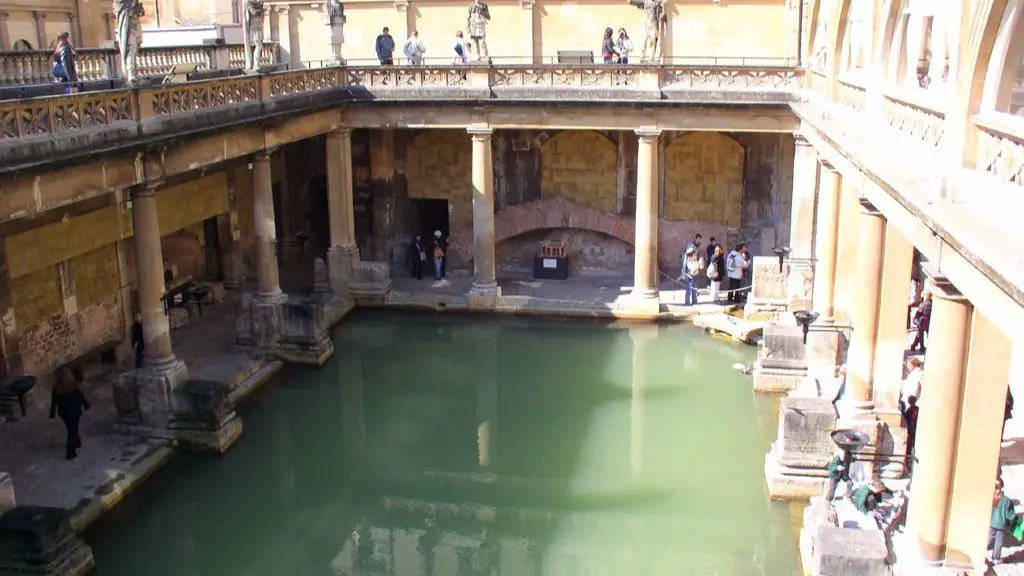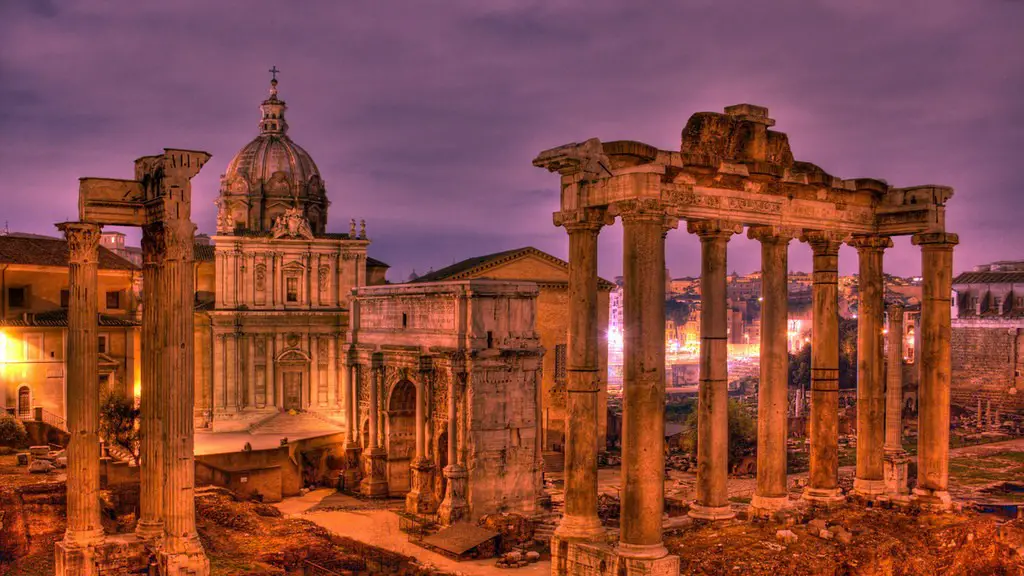Wine has been a part of human history for centuries. Ancient Rome was no exception. Wine was an important part of the culture, diet and rites of the ancient Romans. It was used for religious ceremonies, social gatherings, and even medicinal purposes. Furthermore, the art of making wine was held in great esteem. But what was added to wine in ancient Rome to make it stand apart from other wines?
The answer lies in the Roman penchant for flavor and complexity in their beverages. Ancient Roman winemakers would add herbs and spices, as well as fruits, to their wines to enhance the flavor. The most common spices added were pepper, cumin, and coriander, while the most common fruits used were apples, pears, cherries, and figs. Honey was also added, not only to sweeten the wine, but also to contribute to its body and viscosity. The Romans also added resins and other flavorings to their wines, which helped to preserve them. In fact, some of the oldest wines found in Roman ruins still contained some of these flavorings.
The use of additives was not just for flavor – it was also for medicinal purposes. Various herbs, spices and other ingredients were believed to have healing and restorative properties, and were thus added to wine to treat various ailments. Some of these ingredients included mint, rosemary, thyme and saffron. In addition, wine was often mixed with various juices like grape and pomegranate, which were believed to be beneficial to the body.
In addition to flavorings and medicinal ingredients, Roman winemakers also added a variety of other substances. These included seawater, blood, and even tree bark. Although these substances had a variety of practical purposes, they were mainly used to mask the taste of poorly made wines and make them more palatable. In addition, some of these additives, such as tree bark, were also believed to improve the health of those who drank the wine.
It is clear that the ancient Romans had a very unique approach to winemaking. Their willingness to add a variety of flavorings, medicinal ingredients, and even strange substances resulted in a variety of wines that were of high quality and deeply flavorful. Wine was a huge part of the Roman culture, and their ingenuity and creativity in the winemaking process is still evident today.
Roman Winemaking Process
The winemaking process in ancient Rome was a complex and detailed one. The grapes had to be harvested and fermented, and the process included a variety of steps and stages. Firstly, the grapes were harvested and placed in large vats, where they would be stomped on by a press to extract their juice. Once the juice was extracted, it was then placed in large clay jars and sealed with resin. The jars were left to ferment until the fermentation process was complete. At this point, the wine was transferred to other containers and additives were added – such as the ones mentioned earlier – to enhance the flavor and make it more palatable.
Once all the necessary ingredients had been added, the wine was then left to age. During this period, the wine was closely monitored to ensure that it was developing properly. Once it had reached the desired level of maturity, it was finally bottled and ready to be served. As a result of this meticulous winemaking process, Roman wines were often highly sought after and enjoyed by many.
Ancient Roman Winemaking Equipment
Much of the equipment used for winemaking in ancient Rome was similar to that used today. The grapes were still harvested and placed into large containers and pressed, and the juice was then transferred to large clay jars for fermentation. The main difference was that Roman winemakers used a variety of tools, both simple and complex, to help them make the best wines possible. For example, they used a wooden mallet to help break up the skins of the grapes, and a variety of strainers and presses to extract the juice.
Another important tool was the amphora – an ancient Roman jar with two handles. The interior of the amphora was coated with oil and wax, which helped to preserve the wine. The amphora also allowed for the gradual release of oxygen, thus allowing the wine to slowly mature. These jars were also useful for storing and transporting wines, as they were extremely durable.
Roman Thirst for Innovation
The willingness of the ancient Romans to experiment with their winemaking process and the ingredients they used was remarkable. They believed in experimenting with a variety of flavors and ingredients to create something unique and flavorful. This curiosity and thirst for innovation has been passed down to modern winemakers, who continue to experiment and innovate in order to create the best wines possible.
In addition to experimentation and innovation, the Roman winemaking process was also very detail oriented. Every step was closely monitored and every ingredient was carefully chosen. This was necessary in order to ensure the quality and consistency of their wines. The attention to detail of the Roman winemakers is still evident in the wines of today.
Conclusion
The ancient Romans had a unique approach to winemaking, and their experimentation and innovation is still evident today. In addition to the various flavorings, fruits and spices, they also added ingredients such as seawater, blood and tree bark. Furthermore, they also had a variety of winemaking tools, such as amphorae, strainers, and presses. All of these ingredients and tools, combined with their attention to detail, resulted in wines of superior quality and complexity. It is clear that the ancient Romans had a profound influence on modern winemaking, and their inventive and meticulous approach is still appreciated by wine lovers to this day.


